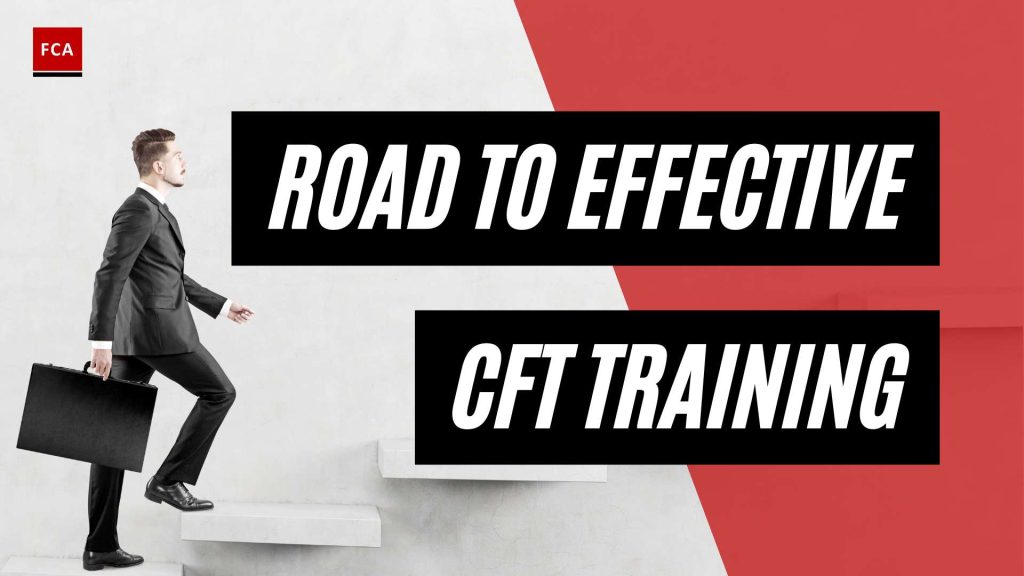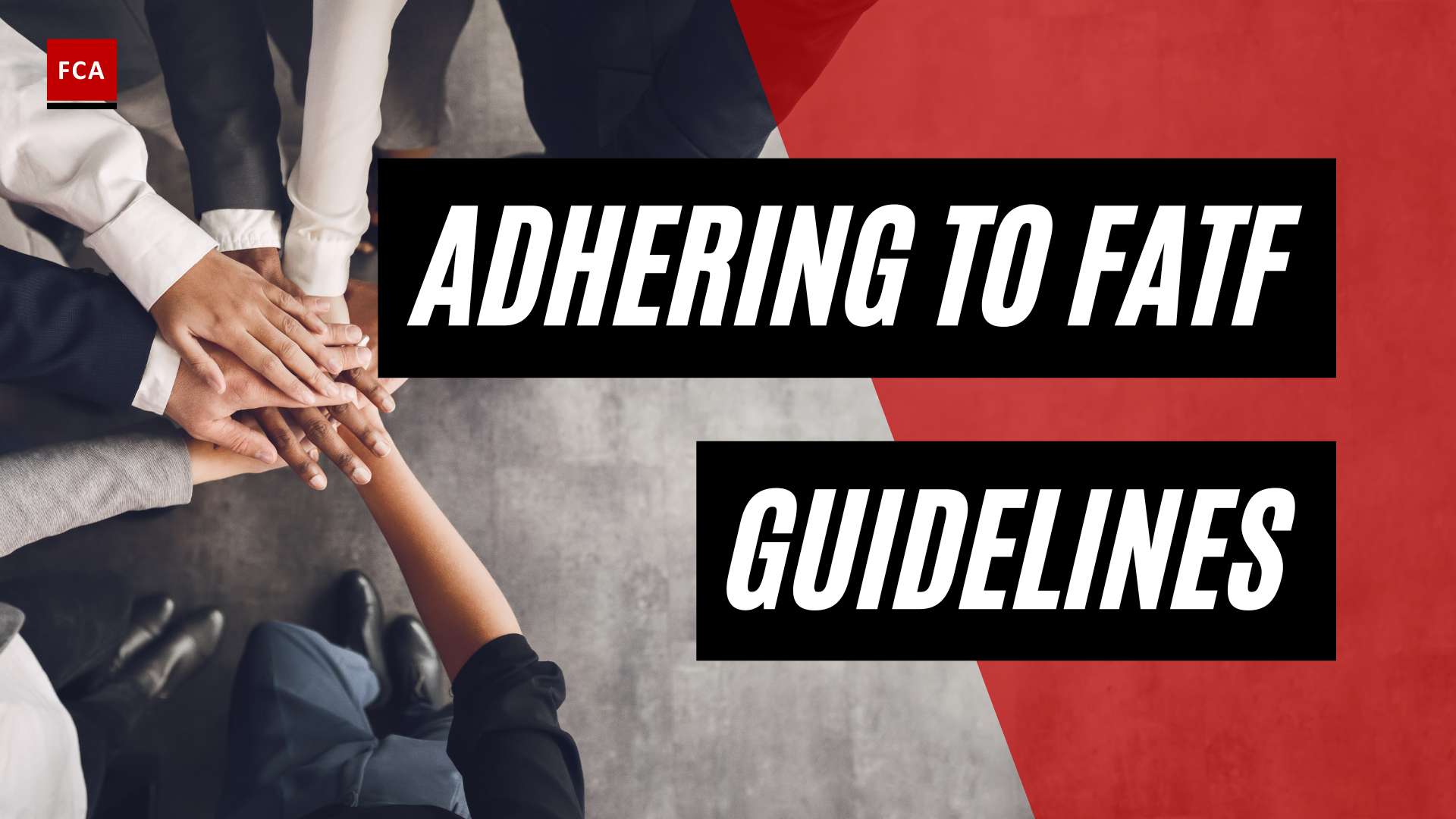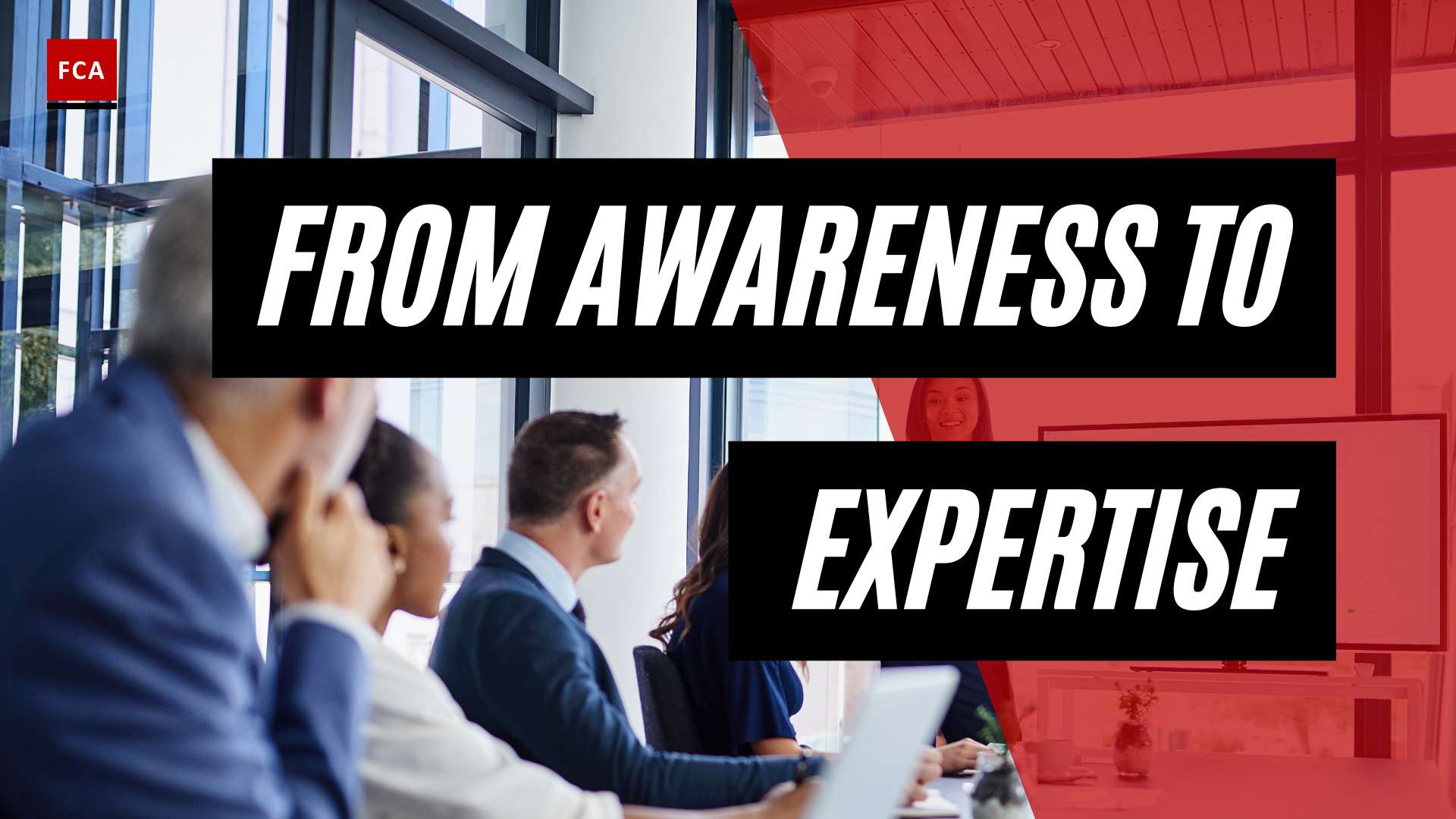Understanding AML and CFT
In the professional world of compliance and risk management, understanding Anti-Money Laundering (AML) and Countering the Financing of Terrorism (CFT) is critical. These two areas are instrumental in preventing and combating financial crimes that can have significant economic and societal impacts.
Basics of Anti-Money Laundering (AML)
Anti-Money Laundering refers to a set of regulations, procedures, and laws that are designed to prevent criminals from disguising illegally obtained funds as legitimate income. AML efforts span various sectors and involve numerous stakeholders, including financial institutions, regulatory bodies, and law enforcement agencies.
The key objectives of AML include:
- Detecting and reporting suspicious activities
- Implementing internal control measures to mitigate risks
- Complying with legal requirements and regulations
- Conducting customer due diligence
- Ensuring ongoing AML training for staff
These objectives are accomplished through a range of measures and tools, including AML compliance programs, AML policies, internal AML procedures, and AML reporting mechanisms. For a deeper understanding of how these measures work, refer to our guide on AML regulations.
Fundamentals of Countering Financing Terrorism (CFT)
Countering Financing Terrorism involves efforts to prevent and detect the movement of funds intended for use in terrorist activities. Like AML, CFT requires a robust system of regulatory measures, internal controls, and reporting mechanisms.
The primary goals of CFT include:
- Identifying and reporting suspicious transactions
- Implementing risk-based approaches to detect potential threats
- Adhering to international CFT standards and regulations
- Ensuring ongoing CFT training for relevant staff
The process of CFT involves risk assessment, enhanced due diligence, and continuous monitoring of transactions and customer profiles. The implementation of CFT measures is crucial in various sectors, particularly within financial institutions that could be exploited for terrorist financing.
While AML and CFT are distinct areas, they overlap in many ways, and effective management of financial crime risks often involves a coordinated approach to both. AML and CFT training is an essential component of this approach, providing professionals with the knowledge and skills needed to identify and mitigate potential risks. As such, understanding the basics of AML and CFT is crucial for professionals working in compliance, risk management, and related fields.
Key Principles of CFT Training
Countering Financing Terrorism (CFT) training is an integral part of the risk management framework in many organizations. It plays a critical role in enhancing an organization’s ability to prevent, detect, and respond to instances of financial crime effectively.
Importance of CFT Training
The importance of CFT training stems from its potential to strengthen an organization’s risk management and compliance functions. It equips professionals with the necessary skills and knowledge to identify and mitigate risks associated with financing terrorism. By doing so, it aids in safeguarding the organization from potential regulatory penalties and reputational damage.
Moreover, CFT training aligns with industry standards and AML regulations, providing a practical and relevant learning experience for professionals. It contributes to enhancing an organization’s AML compliance procedures, policies, and reporting mechanisms.
Components of Effective CFT Training
Effective CFT training is built on several key components. Primarily, it should be tailored to meet the specific needs of individuals and the organization, providing a personalized and effective learning experience. This ensures that the training is aligned with the unique risk profile and operational structure of the organization.
Another crucial component of CFT training is its focus on mastery of skills and knowledge. Learners should be able to progress at their own pace, ensuring they fully understand and can apply the concepts before moving on to more advanced topics (KnowledgeWorks). This aids in better retention and application of knowledge in real-world scenarios.
CFT training should also provide clear learning objectives and pathways for advancement. This enhances student engagement and motivation, leading to more efficient and effective learning outcomes.
Lastly, effective CFT training should link to real-world scenarios and practical examples. This ensures that the learning experience is not only theoretical but also practical and applicable to the everyday challenges that professionals face in the field of risk management and compliance.
In conclusion, effective CFT training is crucial for professionals working in the field of AML and risk management. By understanding the importance and components of CFT training, organizations can develop and implement training programs that not only meet regulatory requirements but also enhance their ability to counter financial crimes effectively.
Role of CFT in Various Fields
Countering Financing Terrorism (CFT) training has a broad range of applications beyond the financial sector. Its principles of risk assessment, collaboration, and ethical action apply to numerous fields. In this section, we will explore two such applications of CFT training: Child Welfare and Compassion-Focused Therapy.
CFT in Child Welfare
In the field of child welfare, the Child and Family Team (CFT) training curriculum developed by the California Social Work Education Center (CalSWEC) enhances the capacity of child welfare staff to engage families in developing plans that ensure the safety, permanency, and well-being of children (CalSWEC). This training, grounded in social work values and principles, emphasizes collaboration, family-centered practice, and respect for cultural diversity (CalSWEC).
CFT training is a vital component of child welfare practice, ensuring that children are placed in safe, stable, and nurturing environments. The curriculum provides child welfare staff with the skills to facilitate productive team meetings, engage families in decision-making, and create inclusive plans that address the needs of children and families.
The training focuses on promoting child and family well-being by enhancing communication, partnership, and leadership skills among child welfare professionals and families (CalSWEC). As such, it is a powerful tool for those involved in child welfare.
CFT in Compassion-Focused Therapy
In the field of mental health care, Compassion-Focused Therapy (CFT) aims to teach patients to be compassionate towards themselves, understanding the tug of war between different systems in the brain. It helps individuals take a more compassionate view of their thoughts, feelings, and behaviors to overcome various problems like depression, anxiety, irritability, and impulsiveness.
The Compassion Focused Therapy Essentials course offered by the Association for Psychological Therapies (APT) is a 3-day training program that emphasizes understanding brain processes, highlighting techniques aligned with compassion-focused thinking, and teaching additional techniques for therapists to use in line with this approach (APT Canada). The course covers various subject areas and techniques designed to enhance the skills of professionals who work in settings including Adult Mental Health, Children and Adolescents, Older People, Substance Misuse, and Forensic.
Upon completion of the course, participants receive Level 1 accreditation and a certificate. The accreditation allows access to online resources associated with the course and an online exam to upgrade the accreditation to Level 2 (APT Canada). As such, the CFT training plays a critical role in equipping mental health professionals with the skills necessary to administer Compassion-Focused Therapy.
Acquiring CFT Certification
CFT Certification can play a crucial role in enhancing one’s professional credentials, particularly for those working in compliance, risk management, and anti-financial crime sectors. In this section, we will discuss the process of obtaining CFT Certification and its value.
Process of CFT Certification
Obtaining CFT certification typically involves a structured training program followed by an assessment. The Certified Facilitator of Training (CFT) certification, offered through the partnership between the International Society for Performance Improvement (ISPI) and Hale Associates, is a performance-based certification. Professionals seeking this certification must submit videos of their facilitation of learning events for peer review, which should be supported by evaluations and attestations.
For those interested in Compassion Focused Therapy (CFT), they can obtain a post-graduate certificate from the University of Derby. This course is offered online with live supervision, video demonstrations, reading materials, and monthly seminars. It requires attendance at two 5-day study periods.
Another example is the course offered by APT Canada, which provides participants with Level 1 accreditation upon completion, along with a certificate. The accreditation allows access to online resources associated with the course and an online exam to upgrade the accreditation to Level 2 (APT Canada).
Value of CFT Certification
The value of CFT certification lies in the recognition it receives within the professional industry. The CFT certification is being recognized and adopted by organizations to qualify their internal and contract trainers, indicating its valuable contribution in the professional training industry (ISPI).
Furthermore, research conducted by Georgetown University and the Institute for Credentialing Excellence has shown a positive correlation between earnings and certifications. This emphasizes the value of certifications like CFT in the professional arena, potentially leading to an increase in earnings and professional advancement.
Acquiring a CFT certification can be a significant step in one’s professional journey, providing them with the necessary skills and knowledge in the field of anti-money laundering and countering the financing of terrorism. It provides professionals with the ability to understand and comply with relevant AML regulations, implement effective AML procedures, and contribute to AML risk assessment and AML reporting within their organizations.
CFT in the Military Context
Beyond the financial and regulatory realms, CFT, or Combat Fitness Test, also holds significant importance in the military context. Specifically designed to assess a Marine’s physical fitness and overall combat readiness, the CFT plays a crucial role in determining a Marine’s ability to perform in combat scenarios effectively, making CFT training a vital aspect of military preparedness.
Purpose and Importance of CFT
The Combat Fitness Test (CFT) is an integral part of the Marine Corps Physical Fitness Program. Introduced in 2008, it replaced the Physical Fitness Test (PFT) for Marines performing operational or combat deployments. The CFT complements the PFT, providing a comprehensive assessment of the physical fitness and combat readiness of Marines. Its purpose is to develop and assess a Marine’s functional fitness and ensure their combat readiness.
Components of the Combat Fitness Test
The CFT consists of three primary events: Movement to Contact, Ammunition Lift, and Maneuver Under Fire. Each event is designed to test different aspects of combat fitness, from endurance and strength to agility and quick decision-making.
-
Movement to Contact: This event assesses a Marine’s ability to react, move, and communicate effectively in a simulated combat scenario. It consists of running 880 yards, navigating obstacles, and executing controlled combat tasks, such as grenade throws, firefighting, and buddy rushes.
-
Ammunition Lift: The details of this event are not provided in the context, so the writer cannot provide an accurate description.
-
Maneuver Under Fire: This event evaluates a Marine’s combat fitness and agility by simulating situations that require speed, agility, and endurance. It involves a sprint, low crawls, ammunition resupply maneuvers, casualty drags, and casualty evacuation techniques, all performed under time constraints to test physical and mental toughness.
The CFT scoring is categorized into three classes based on performance: First Class, Second Class, and Third Class. The score is calculated by adding the points achieved in each event, with higher scores reflecting better performance in the CFT. Marines are expected to achieve First Class CFT scores to demonstrate a high level of combat fitness.
Implementing CFT in Educational Settings
The application of CFT (Competency Framework Training) in educational settings is increasingly gaining recognition due to its potential to enhance the overall quality of education and training. With a focus on the mastery of skills and knowledge, CFT offers a more individualized and proficiency-based approach to learning.
Benefits of Competency Framework Training
CFT ensures consistency in what is taught and assessed, leading to an improvement in the quality of education and training (KnowledgeWorks). By focusing on individual student needs and abilities, CFT allows for more personalized learning experiences, resulting in a more efficient and effective educational system.
Unlike traditional education, which often sets arbitrary timelines for learning, CFT prioritizes the mastery of skills and knowledge. This allows students to progress at their own pace, ensuring that they are fully prepared before progressing to the next level or competency (KnowledgeWorks).
Moreover, competency-based frameworks like CFT can enhance student engagement and motivation. By providing clear learning objectives and pathways for advancement, students are more likely to be invested in their own learning.
Implementing CFT in Curriculum Design
The implementation of CFT in curriculum design involves a shift from time-based measures of learning to proficiency-based advancement (KnowledgeWorks). This ensures that students are fully equipped with the necessary skills and knowledge before moving on to the next level.
The first step in implementing CFT in curriculum design is to establish clear and measurable learning objectives. These objectives should align with the desired competencies and provide a clear path for students to follow.
Next, educators must develop assessments that accurately measure students’ mastery of these objectives. These assessments should be designed to provide meaningful feedback, allowing students to understand where they are in their learning journey and what they need to work on.
Lastly, educators should provide personalized learning experiences that cater to individual student needs and abilities. This can be achieved through a variety of instructional strategies, such as differentiated instruction, project-based learning, and personalized learning plans.
By implementing CFT in curriculum design, educational institutions can ensure that their students are well-equipped to meet the challenges of the modern world. As a foundational component of effective risk management, cft training is crucial in preparing individuals for careers in compliance, anti-money laundering, and anti-financial crime. For more information on the importance of AML and CFT in risk management, check out our articles on aml compliance, aml regulations, and aml policies.








